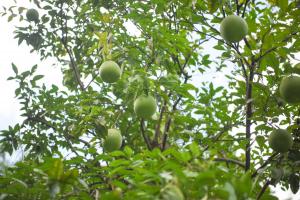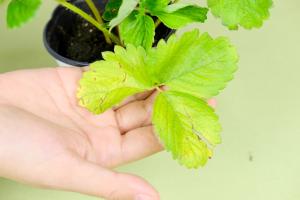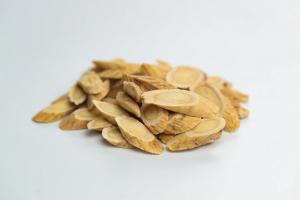1、 Breeding method
1. Light: Phalaenopsis likes shade, but the plant still needs to receive some light. Especially before and after flowering, receiving appropriate light can promote its flowering and make the flowers more bright and lasting. In daily maintenance, it can be placed indoors where there is astigmatism. In summer, when there is strong direct light, it needs to be shaded in time
2. Soil: Phalaenopsis has high requirements for soil and needs slightly acidic soil with good drainage, good air permeability and fertility
3. Temperature: for indoor breeding, it is best to control the temperature between 25-28 degrees during the day and about 18-20 degrees at night
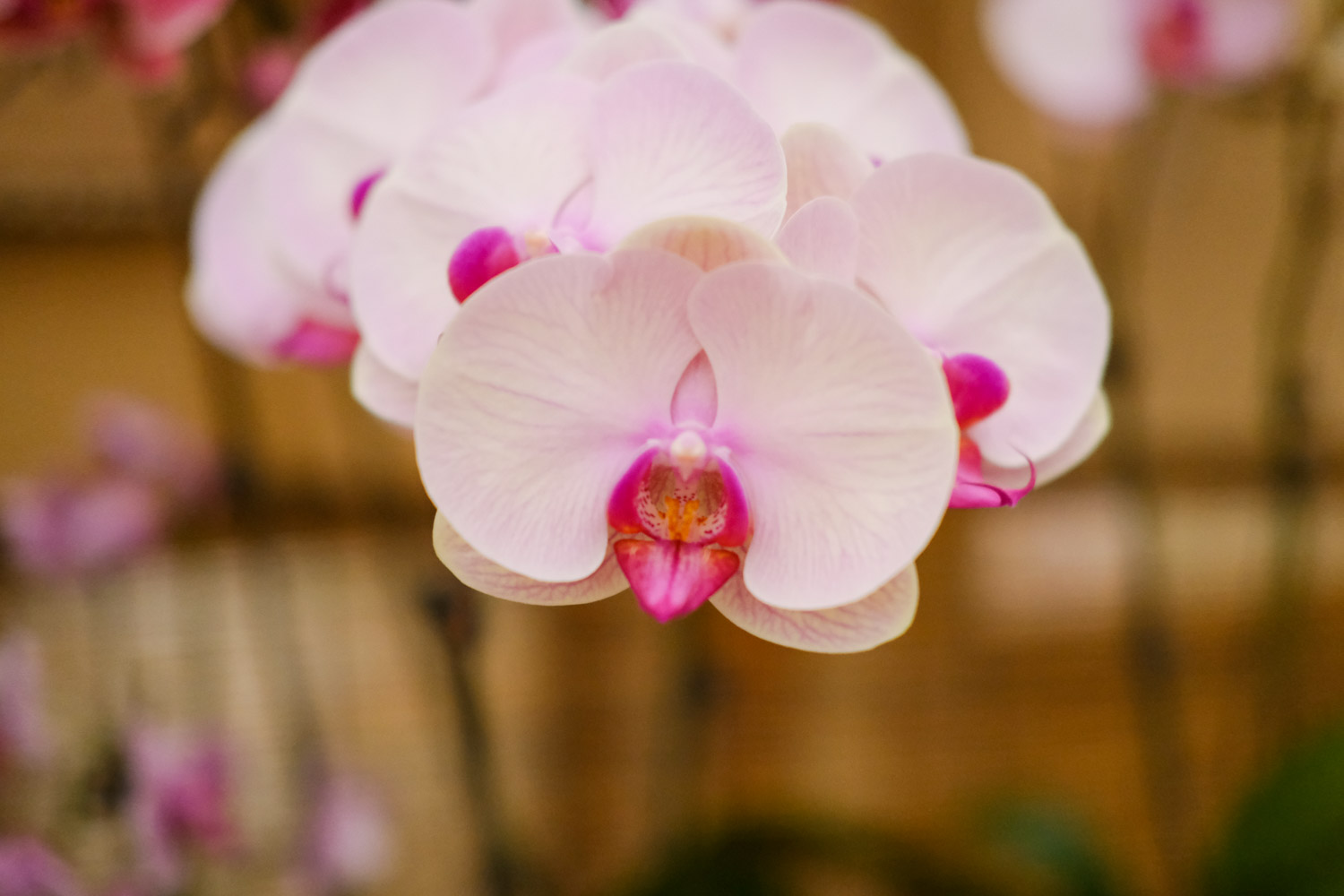
4. Watering: watering is based on the principle of "see dry and see wet". It is best to water in a sunny morning, and the water temperature should be close to the room temperature. When the room is dry, it can be sprayed to the leaf surface through the sprayer. However, it should be noted that when spraying water during flowering, do not spray water on the flowers
5. Fertilization: the principle of fertilization is to apply less fertilizer and light fertilizer. The orchid plant enters the growth period and needs to be fertilized once a week. When the temperature is high in summer, fertilization should be stopped. In autumn, the growth rate of Phalaenopsis becomes slow, so it is necessary to reduce the number of fertilization
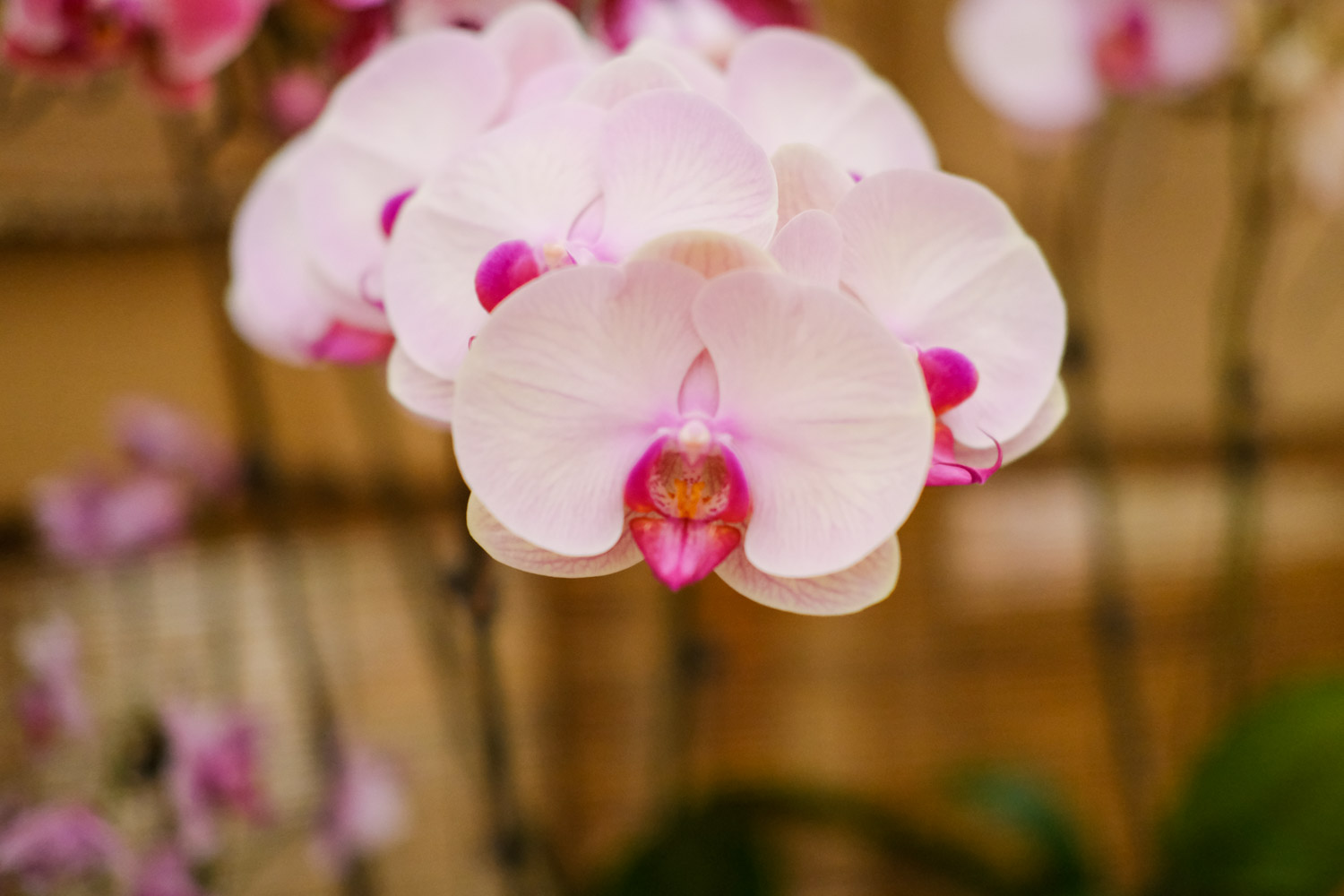
2、 Precautions
1. We need to change the pot of Phalaenopsis once a year. Timely changing pots can prevent the poor growth of Phalaenopsis caused by matrix decay, which is conducive to the healthy growth of plants
2. Watering must be appropriate. Phalaenopsis likes to be wet, but it is afraid of ponding, so watering must be appropriate. Do not pour too much water. Before watering, observe whether the basin soil is dry
3. Flowerpots must be planted in breathable porous pots. Choosing a flowerpot with good air permeability can quickly discharge the excess water in the soil and reduce the occurrence of ponding in the basin
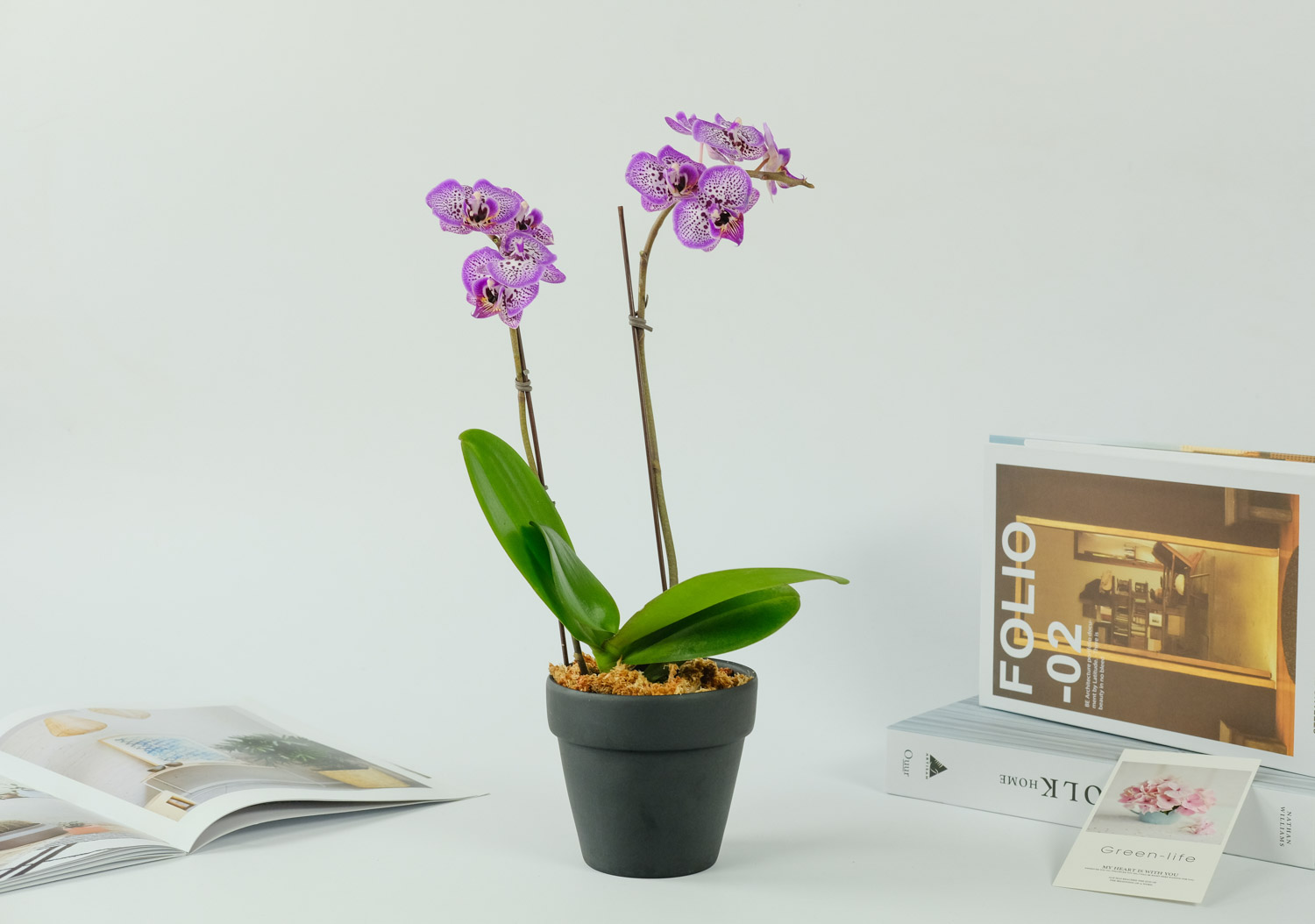

 jackfruit
jackfruit snake plant
snake plant hibiscus
hibiscus hydrangea
hydrangea lavender
lavender Green roses climb al...
Green roses climb al... If you don't pay att...
If you don't pay att... Management of four g...
Management of four g...